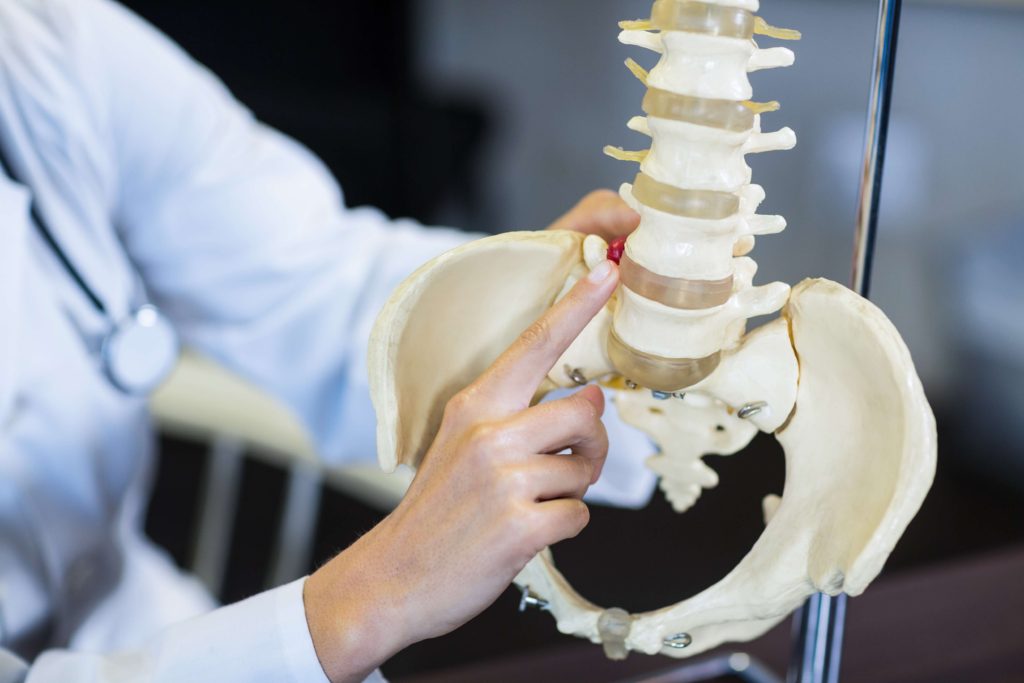March 17, 2021
Chances are either you’ve experienced pain, or you know someone who has. And if you’ve experienced either of those, you know that over time pain wears you down – mentally, physically, spiritually and emotionally.
Trying to understand pain and all the different treatment options available can be daunting and add to the stress of it all. Let’s talk through some of the options to simplify your search and help identify which options might be best for you.
Understanding Your Pain
Deciding which treatment option(s) might work best for you begins with determining what type of pain you have and how it impacts your daily life.
Having a trusted doctor is your best resource when determining if you are a good candidate for certain treatment options. Pain management specialists, like Dr. Velling, are doctors who specialize in diagnosing and treating all kinds of pain. They work with other healthcare providers such as chiropractors, physical therapists, psychologists and surgeons, as needed, to create individualized treatment plans for you.
Understanding Your Options
Creating a treatment plan typically begins with basic therapies and gradually progresses to more involved, definitive solutions depending on a variety of factors. The reason for this is that often pain can been reduced by simple diet changes, exercises, and lifestyle changes.
If your pain does not appear to meaningfully improve with these options, it is likely that you will need a more comprehensive treatment plan.
Treatment options are separated into 3 categories:

Noninterventional Treatments
There is a wide range of preliminary treatments that can often be done at home and without the need for a prescription or procedure. Occasionally these treatments may require the help of a healthcare professional, and can be a great resource for relief. These options include:
- Exercise and physical therapy
- Diet changes and rest
- Anti-inflammatory drugs (I.e. naproxen, ibuprofen)
- Topical pain relief (I.e. capsaicin, lidocaine)
- Acupuncture, massage and spinal manipulation
- TENS – Transcutaneous electrical nerve stimulation
- Heat and/or ice
Alternative noninterventional treatment options available when there is no improvement from these basic treatments include:
- Prescription muscle relaxants, antiseizure drugs for nerve pain, and some antidepressants for pain and depression
- Prescription opioid and non-opioid medications
At Genesis Medicine, we do not offer medication management treatment plans. We specialize in the second category of treatment options: interventional treatments.
Interventional Treatments
These treatments include minimally invasive options that can provide long-term pain relief. Because they are less invasive than most surgical procedures, they are typically done in an outpatient clinic, have a quicker recovery time and do not require post-operative hospitalization. These options are most often used when noninterventional treatments have failed, and surgery is not yet necessary.
- Epidural Steroid Injections (ESI) or nerve blocks:Injection of a steroid, anesthetic, and/or anti-inflammatory into a painful area.
- PRP and Stem Cell Therapeutic Injections: Injection of platelet-rich-plasma (drawn from your own blood), and/or autologous stem cells (drawn from your own bone marrow) into an injured area to stimulate your body’s natural healing ability. learn more
- Radiofrequency Ablation (RFA): Outpatient procedure that uses thermal energy to interrupt pain signals at their source. RFA treatments can be used to treat pain in the back, hips, knees, shoulders, feet and neck and can often provide months or years of relief.
- Spinal Cord Stimulation (SCS): SCS therapy uses mild electrical impulses to interrupt pain signals. There are several systems available that provide impulses directly targeted at your specific pain points. For this reason, SCS provides a great opportunity for effective, long-term relief.
For a full list of all of available interventional treatments offered here at Genesis Medicine, click here.
Surgical Treatments
- Surgery: The most common surgical treatments for back pain are a laminectomy, vertebroplasty/kyphoplasty and a spinal fusion. These surgical treatments help to repair structural damage within the spinal column, and often require hospitalization and rehabilitation after the operation.
- Implantable drug pumps: Drug pumps are designed to deliver pain medication directly to the space surrounding the spinal cord. They require frequent refills and specialized care to ensure their success.
If you are struggling and looking for a solution to your constant pain, we encourage you to find a healthcare provider that can help you navigate through your treatment options.
Don’t spend another day waiting, contact us today to schedule your initial visit and let’s work together to get you back to your life!




